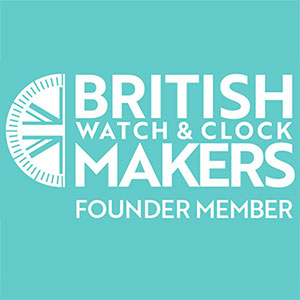How we print our watches
Ever wondered how a watch is made?
The first physical step of making a Mr Jones Watch is printing the components, keep reading to find out how we do it...
We still use the printing technology that was developed in the late 19th century for printing watch dials, Pad printing.
 The first step of printing is mixing the colours we need for the watch design by hand.
The first step of printing is mixing the colours we need for the watch design by hand.


Some watches have up to 16 different colours, meaning they can take a lot of time to print.
For each colour on each component we have to etch a printing plate, the etch in the printing plate is very shallow into the surface, giving a place for the ink to sit.
 The ink cup is attached by magnets to the printing plate and that is a reservoir of ink sitting against the printing plate.
The ink cup is attached by magnets to the printing plate and that is a reservoir of ink sitting against the printing plate.
 The ink cup and blade around the edge retract and the blade skims off any ink that is on the surface of the plate so that the only ink that is retained is in the etched area.
The ink cup and blade around the edge retract and the blade skims off any ink that is on the surface of the plate so that the only ink that is retained is in the etched area.
The silicone pad comes now and presses into the etched area and lifts the ink out, it then moves it across and presses down onto whatever component we are printing, a glass dial or disc hand. 
The ink bonds with whatever it is pressed onto, transferring the print onto the component.

Find out more about the watchmaking process in our next blog post.



